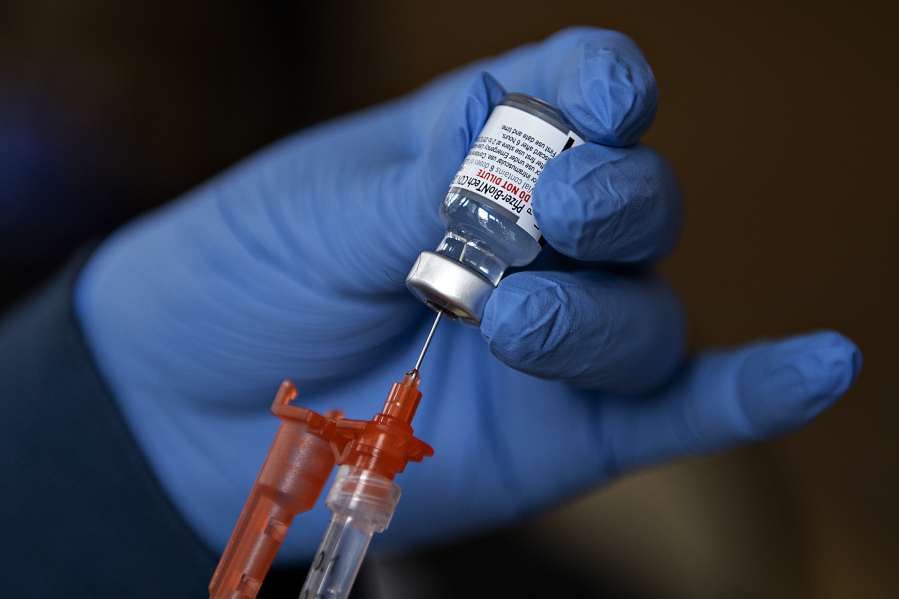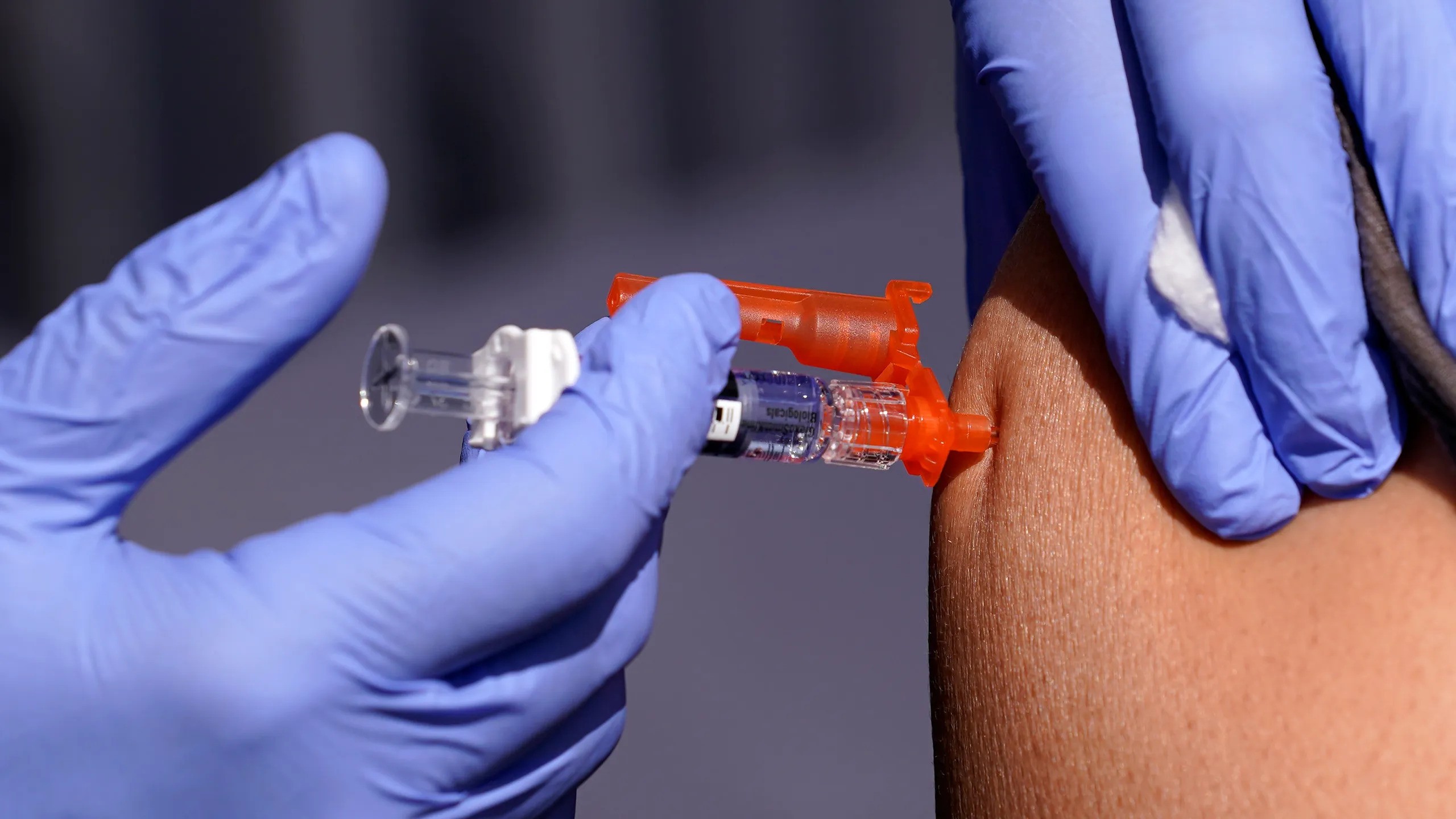Surge In Respiratory Illnesses Sweeps Across The United States
Surge in respiratory illnesses sweeps across the United States as experts emphasize the critical importance of preventive measures, such as masking and vaccination, while underscoring the value of prompt treatment for those who fall ill.
Author:Paula M. GrahamReviewer:Rhyley CarneyJan 04, 202412.6K Shares257.1K Views

Surge in respiratory illnesses sweeps across the United Statesas experts emphasize the critical importance of preventive measures, such as masking and vaccination, while underscoring the value of prompt treatment for those who fall ill.
The current season has witnessed a substantial influx of individuals admitted to hospitals for respiratory illnesses each week. Notably, during the week concluding on December 23, over 29,000 patients were admitted with Covid-19, around 15,000 with the flu, and a significant number with respiratory syncytial virus (RSV), based on data from the US Centers for Disease Control and Prevention.
Nationwide, levels of Covid-19 in wastewater, a key indicator of viral transmission, are notably elevated, surpassing last year's figures in every region, as per CDC data. Emergency department visits have seen a 12% weekly increase, while hospitalizations surged by approximately 17% in the latest reporting week. The situation underscores the urgency of adhering to preventive measures and the critical need for timely medical intervention.
Although Covid-19 continues to be the primary cause of respiratory virus-related hospitalizations, there is a swift and notable increase in flu activity. The CDC projects that, during this season, there have been over 7 million flu-related illnesses, resulting in 73,000 hospitalizations and 4,500 deaths. Multiple indicators signal a significant rise in flu activity.
While respiratory syncytial virus (RSV) activity is displaying signs of decline in certain regions of the US, various metrics, including hospitalization rates, continue to stay at elevated levels. Generally, young children and older adults remain the demographic groups most significantly impacted by these respiratory viruses.
"It's a wave of winter respiratory pathogens, especially respiratory viruses. So it's Covid, it's flu, and we can't diminish the importance of RSV," said Dr. Peter Hotez, dean of the National School of Tropical Medicine at the Baylor College of Medicine. "So it's a triple threat, and arguably a fourth threat because we also have pneumococcal pneumonia, which complicates a lot of these virus infections."
In recent weeks, there has been a notable escalation in respiratory virus activity. According to the CDC, there are currently high or very high levels of flu-like activity across two-thirds of the country, including California, New York City, and Washington, as well as large areas in the South and Northeast.
“„Remember, all of these numbers are before people got together for the holidays. So don't be disappointed or surprised that we even see a bigger bump as we head into January.- Dr. Peter Hotez
While vaccines play a crucial role in preventing severe illness and fatalities, their adoption remains relatively low this season, despite a groundbreaking development where vaccines are accessible to safeguard against all three major viruses. According to CDC data, only 19% of adults and 8% of children have received the latest Covid-19 vaccine, and a mere 17% of adults aged 60 and above have obtained the new RSV vaccine. Furthermore, less than half of both adults and children have been vaccinated against the flu this season.
"We have, as a population, underutilized both influenza and the updated Covid vaccines, unfortunately," said Dr. William Schaffner, an infectious disease expert at Vanderbilt University. "But it's not too late to get vaccinated, because these viruses are going to be around for a while yet."
As per the CDC, the national hospital bed capacity, including intensive care units, remains "stable." However, due to elevated levels of respiratory viruses, hospitals in at least five states are reimposing mask mandates.
Timothy Sullivan, spokesman for Mass General Brigham, stated that starting Tuesday, healthcare staff directly interacting with patients will be required to wear masks, while patients and visitors will be strongly encouraged to use facility-issued masks.
In Wisconsin, both UW Health and UnityPoint Health - Meriter have broadened their mask policies. UW Health mandates masks for all staff, patients, and visitors during patient interactions in clinic settings, including waiting areas and exam rooms. UnityPoint Health - Meriter maintains the requirement for masks for team members and visitors in patient rooms.
Bellevue, a public hospital in New York City, recently announced on social media that it has reinstated its mandatory masking policy in response to an increase in respiratory illnesses.
In Pennsylvania, the University of Pittsburgh Medical Center has enforced a universal masking requirement since December 20. The health care system's masking policies were adjusted to tackle the rise in respiratory virus cases and may be subject to change based on a substantial decrease in such cases.
An order issued by the Los Angeles County Health Officer mandates that all healthcare personnel and visitors wear masks when in contact with patients or within patient-care areas, aligning with the CDC's classification of Covid-19 hospital admission levels.
During the week concluding on December 23, over 230 US counties were designated as having "high" levels of Covid-19 hospital admissions, defined by the CDC as at least 20 new hospital admissions per 100,000 people. Additionally, nearly a thousand other counties, constituting about a third of the country, exhibited "medium" Covid-19 hospital admission levels, with at least 10 admissions per 100,000 people.
While vaccines and masks are crucial for reducing the risk of severe illness, available treatments can also help prevent individuals from becoming seriously ill if infected. Antiviral treatments like Paxlovid for Covid-19 and Tamiflu for the flu can be particularly beneficial for individuals at higher risk of severe outcomes, including those aged 50 or older and individuals with specific underlying conditions such as a weakened immune system, heart disease, obesity, diabetes, or chronic lung disease.
"If more people at higher risk for severe illness get treatment on time, we will save lives," the CDC said. But "not enough people are taking them."
Forecasting seasonal respiratory virus activity can be challenging, but according to CDC projections, hospitalization rates are anticipated to remain elevated for the coming weeks. The current season is expected to yield a comparable number of hospitalizations to the previous season.
Conclusion
“„One of the ways to help us all go into a happy new year is for us to be as protected as we can against these viruses. Of course, I continue to recommend vaccination, prudent use of the mask by high-risk people and, should you become sick, do not go to work and spread the virus further. Call your health care provider, because you may have some treatment available that will get you healthier sooner.- Dr. William Schaffner
Jump to

Paula M. Graham
Author

Rhyley Carney
Reviewer
Latest Articles
Popular Articles
